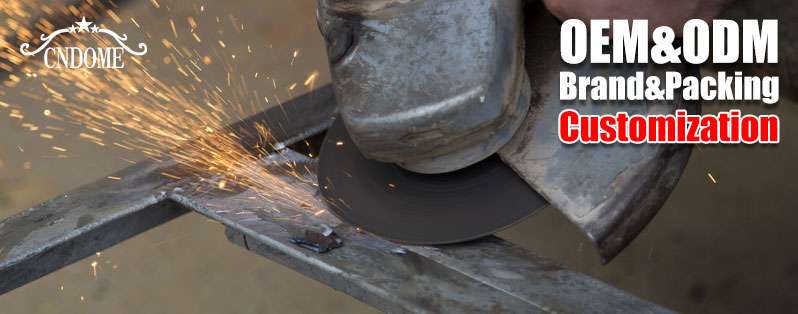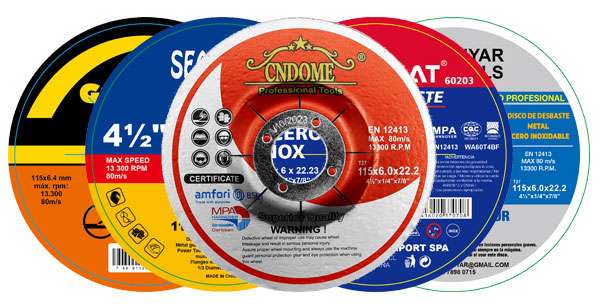Grinding wheels are indispensable tools in various industries, from manufacturing and construction to metalworking and woodworking. These wheels are crucial for shaping, sharpening, and finishing materials ranging from metals to ceramics. Understanding the materials used in grinding wheels is essential for selecting the right tool for the job. Let’s delve into the key materials that make up grinding wheels and their characteristics:
1. Aluminum Oxide (A/O)
Aluminum oxide is the most commonly used abrasive material in grinding wheels. It is versatile and suitable for a wide range of materials, including ferrous metals, high-tensile materials, and wood. Key characteristics include:
- High Hardness: Offers excellent cutting action and durability.
- Heat Resistance: Maintains sharpness and shape at high temperatures.
- Versatility: Used for general-purpose grinding operations.
Aluminum oxide wheels are available in various grit sizes, making them suitable for rough grinding as well as finishing operations.
2. Silicon Carbide (SiC)
Silicon carbide is another popular abrasive material used in grinding wheels, particularly for non-ferrous metals and non-metallic materials like stone, concrete, and ceramics. Characteristics of silicon carbide wheels include:
- Hardness: Extremely hard and sharp, suitable for grinding hard materials.
- Heat Resistance: Maintains its shape and sharpness at high temperatures.
- Low Friction Coefficient: Reduces heat build-up during grinding.
Silicon carbide wheels are also used in applications where minimal heat generation is crucial, such as grinding tungsten carbide and titanium.
3. Cubic Boron Nitride (CBN)
CBN is a synthetic abrasive material known for its hardness and resistance to abrasion. It is primarily used for grinding ferrous materials like hardened steel, cast iron, and superalloys. Key properties of CBN grinding wheels include:
- Superior Hardness: Second only to diamond, making it suitable for hard materials.
- Chemical Stability: Resistant to chemical wear and oxidation.
- High Thermal Conductivity: Helps in dissipating heat during grinding.
CBN wheels are ideal for high-speed grinding applications and where maintaining precision and surface finish are critical.
Choosing the Right Wheel
When selecting a grinding wheel material, consider the following factors:
- Workpiece Material: Choose a wheel that is compatible with the material you are grinding.
- Grain Size: Finer grit sizes provide smoother finishes, while coarser grits are more aggressive.
- Wheel Hardness: Match the wheel hardness to the material hardness to achieve efficient cutting without excessive wear.
- Coolant Use: Some materials require coolant to prevent heat damage; others can be ground dry.
Conclusion
Grinding wheel materials play a critical role in achieving efficient and precise material removal in industrial processes. Understanding the characteristics and applications of each type of abrasive material enables manufacturers and operators to choose the right grinding wheel for their specific needs. Whether for rough grinding or fine finishing, the right selection ensures optimal performance and durability of grinding operations.



